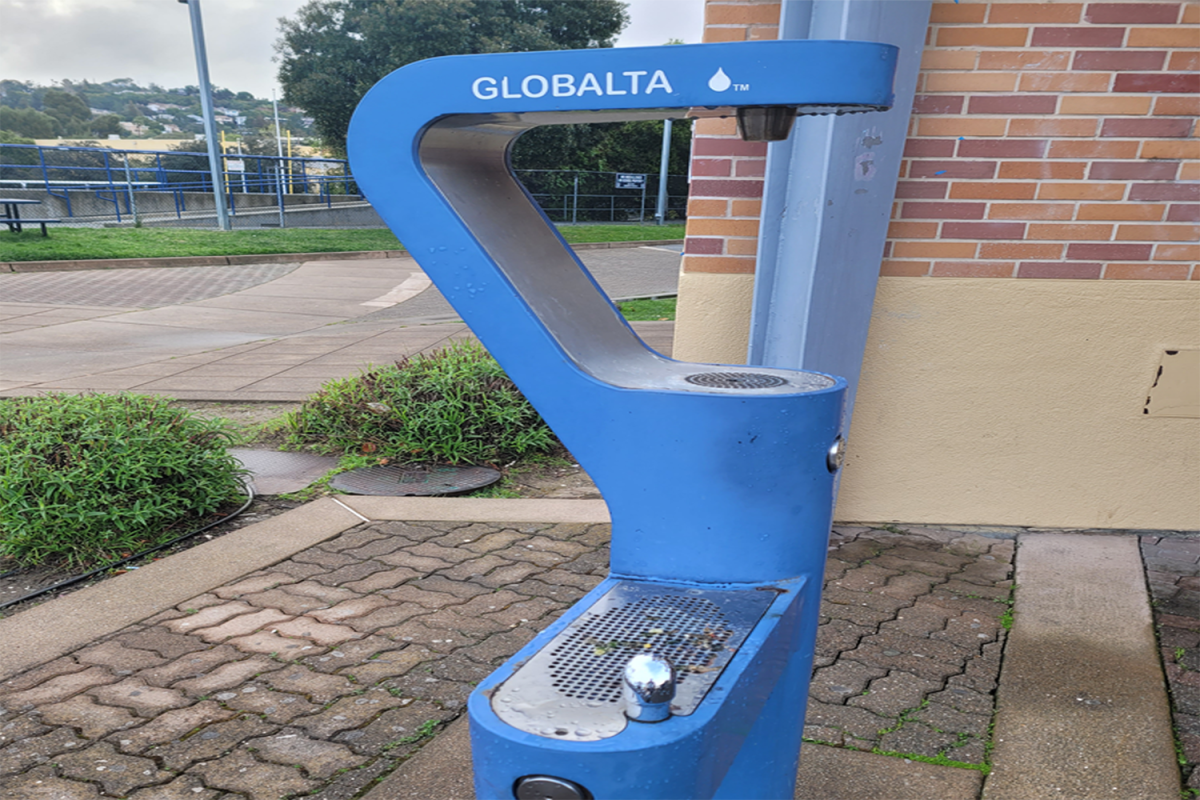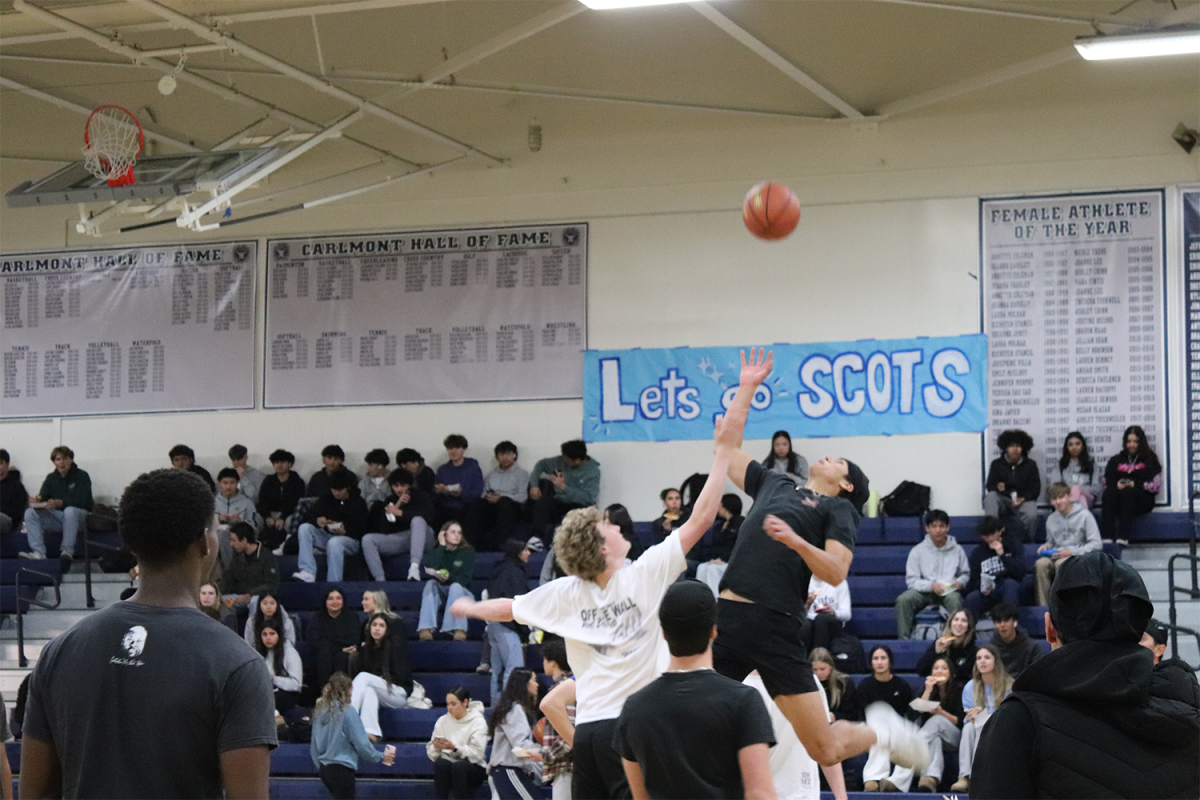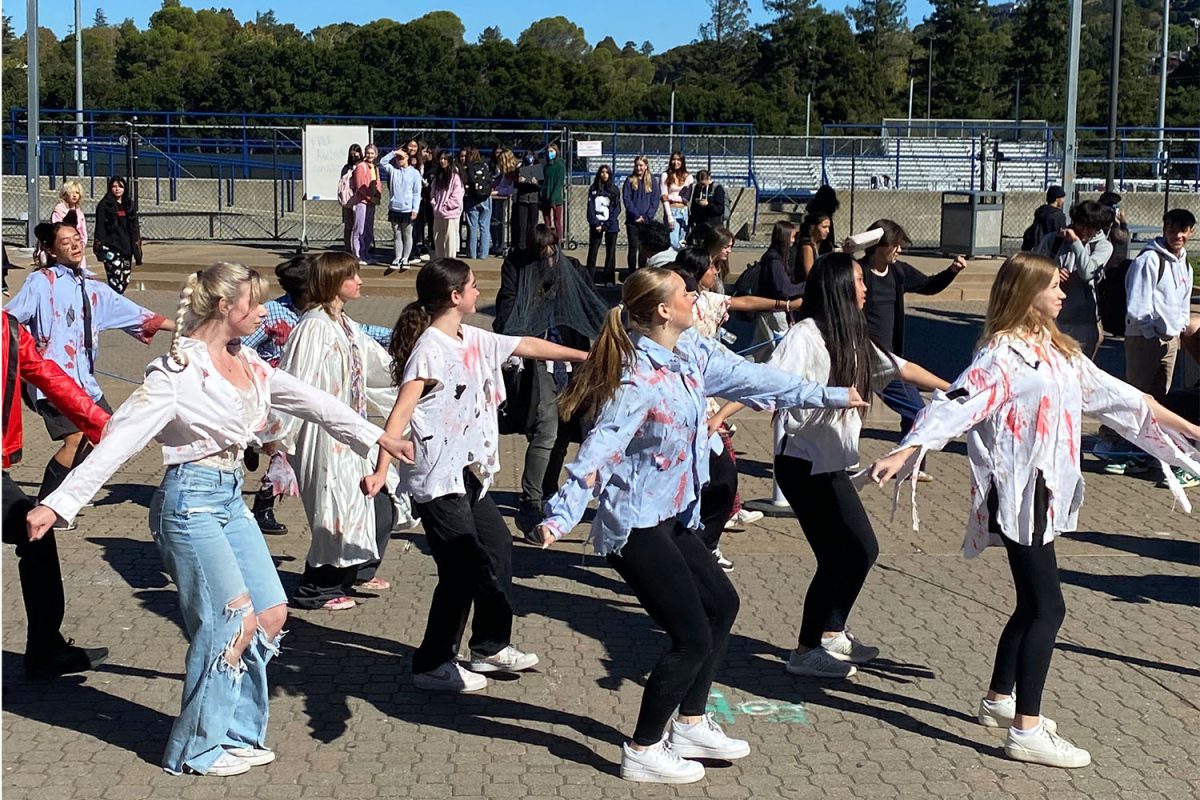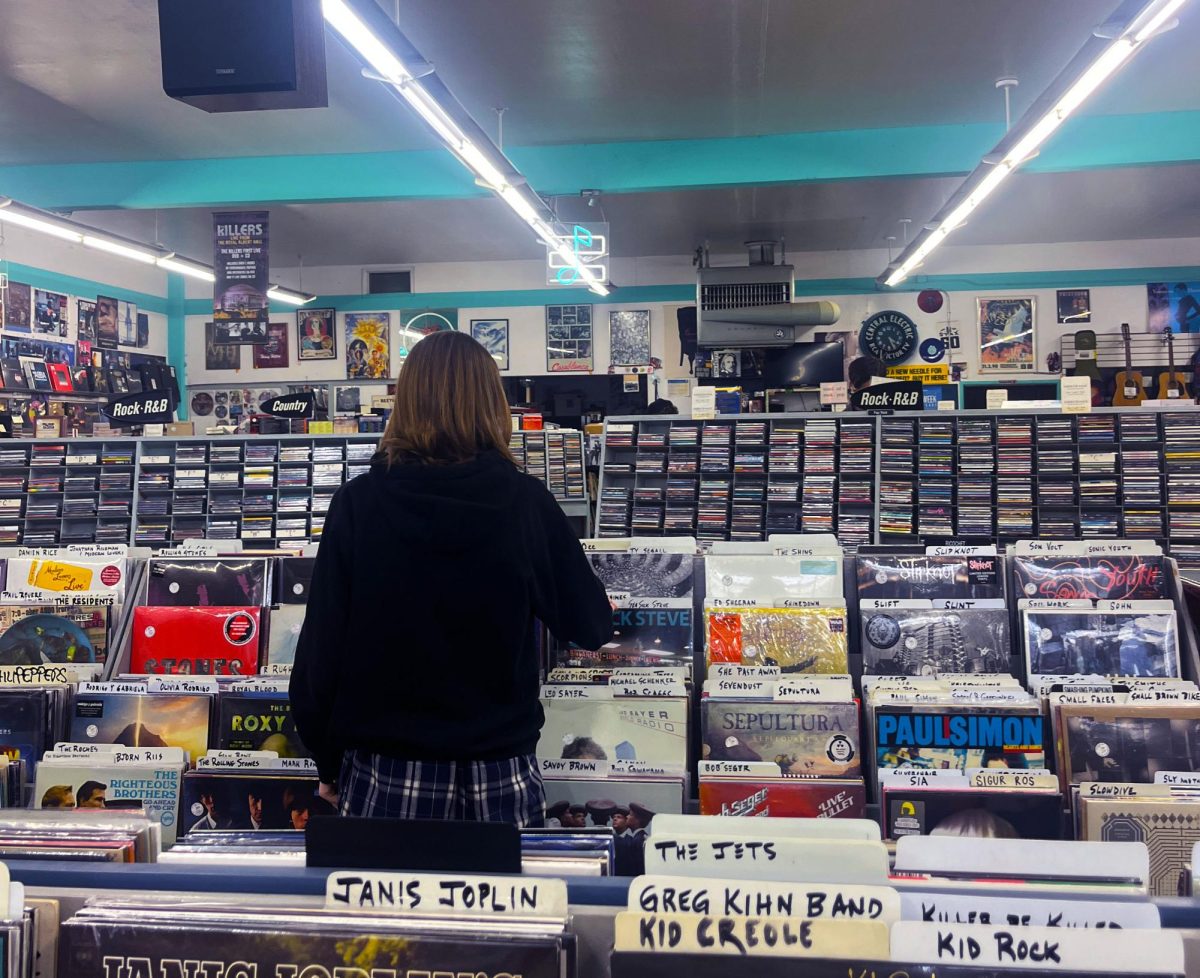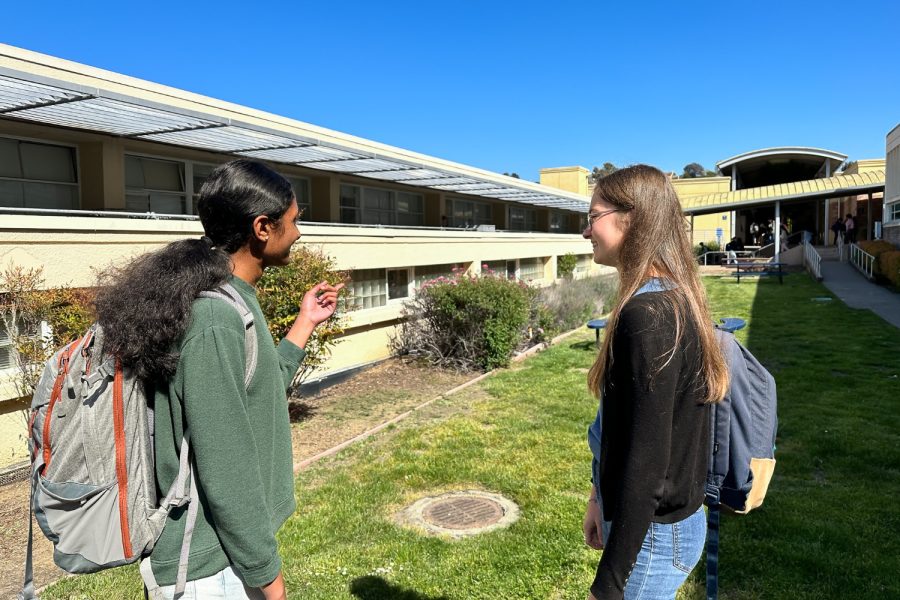The Aloha Club and the Indian Club center their activities around different cultures with distinguishing forms of expression, yet they have similar pursuits for the school year.
Their earlier activities have included food sales and educating members about their cultures’ history and holidays. Both clubs will participate in this school year’s Heritage Fair on March 1. The Aloha Club and the Indian Club will perform their respective dances, showcasing Hawaiian and Indian culture.
New leaders have taken over from Carlmont graduates. Miriam Pargas is the president of the Aloha Club, and Lina Yu is the vice president.
“It’s a little bit more responsibility with managing our food sales, our meetings, and making sure we have a timeline setup, especially because we do a big dance for the Heritage Fair,” Yu said.
The Indian Club’s leaders are president Asha Mehta and vice president Manya Kumar.
“We’ve had the transition to being in more indoor meetings, so we can have slideshows about holidays like Navratri, which is a religious festival,” Kumar said.
Though focusing on different traditions, the Aloha club is also introducing aspects of their culture’s history. According to Yu, the Aloha club has talked about the importance of mythology, especially in hula.

“It’s a way of telling stories. In ancient Hawai’i, they didn’t have a written language, so the way they passed on their stories and mythology was through hula,” Yu said.
Hula is a traditional Hawaiian dance, and Aloha Club leaders have already taught some basics that are used in all hula dances.
Junior A’’ali’i Lobato is a native Hawaiian, which is why he was attracted to Aloha Club. Last year, he became a member and danced at the Heritage Fair.
“It definitely felt like an honor. I thought it was really cool, especially since my entire family dances, so it felt cool to be a part of them,” Lobato said.
The Indian Club is also preparing to learn their dances too; they do a mix of styles, including Bollywood, Garba, and Bhangra.
“We’re currently in the process of picking a song, and we’re always gauging people’s interest. In the next few days, we’ll send out a form and then create a separate [group chat] that has all the dancers in it. Starting mid-November, we’ll start teaching the dance,” Mehta said.
Since they do not have dance practices at lunch, they will coordinate rehearsals at Central Elementary School or Mehta’s backyard later in the year.
“We’ll meet in a big open space and go through with teaching choreography. And then towards the end, we’ll start having costumes in addition to finalizing the details,” Mehta said.
Whether it’s about spreading the Aloha spirit or teaching others about Navratri and Diwali, both cultures aim to have a positive influence on the school community.





